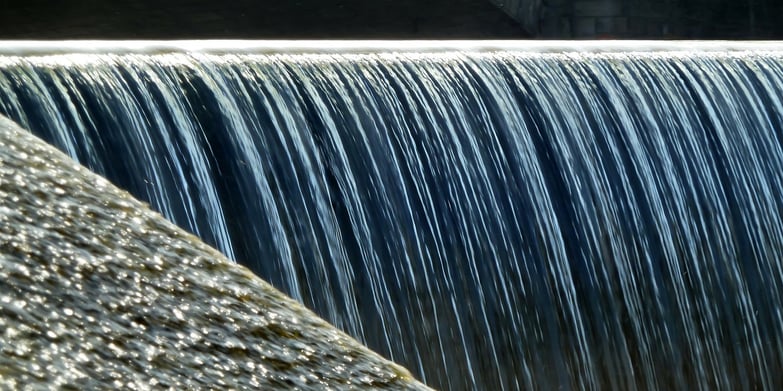
Aeration tanks are used in the wastewater industry as a location where biological treatment can naturally take place. Seasonal changes can affect a plant’s aeration tanks by shifting the dissolved oxygen capacity and efficiency of nitrification as temperature changes. Hanna Instruments understands the need for temperature to be regulated throughout the year allowing wastewater plants to make the appropriate operational adjustments. Hanna provides equipment for professionals in the wastewater industry to help overcome the difficulties imposed by varying temperatures.
We asked wastewater professionals, specifically those in operations and maintenance, how they deal with seasonal temperature change in their aeration tanks. The following include the top five answers we received.
Increase your MLSS (Mixed Liquor Suspended Solids)
In the northern states, weather is always a topic of discussion, as it can range from freezing cold to blistering hot in a matter of days. Increasing your MLSS in colder temperatures will offset the reduction of the nitrification kinetics. With decreasing atmospheric temperatures, wastewater temperatures can become colder, causing nitrification to dramatically slow down.
Deliver less oxygen in the winter and more oxygen in the summer
The concentration of dissolved oxygen is highly temperature-dependent. At cooler temperatures, water has a higher capacity for holding dissolved oxygen. This allows treatment plants to adjust their tanks to deliver less oxygen and save on energy costs. The opposite is true at warmer temperatures; water at higher temperatures, have a lower capacity for holding dissolved oxygen, so plants will need to increase their oxygen delivery. Hanna offers the HI 98186, a portable dissolved oxygen meter, which features salinity, pressure, and temperature compensation to ensure your readings are precise.
Microscopic evaluation through tracking predominant filaments
The type of microorganisms present in a plant’s aeration tank is determined by the characteristics of the wastewater influent and environmental conditions. An evaluation of the primary type of filamentous organisms in the aeration tank can be useful to indicate any potential problems, such as low dissolved oxygen, low pH, or low food to microorganism (F/M) ratio.
Partially cover the aeration tank
Depending on the size of a wastewater plant’s aeration tank, partially or completely covering the tank may be an option to regulate seasonal changes. Atmospheric pressure is a seasonal factor that can affect dissolved oxygen concentrations within the tanks. Low pressure conditions, such as strong winter winds, and high pressure conditions, such as humid, stagnant summer days, can decrease or increase dissolved oxygen concentrations, respectively. By partially or completely covering the aeration tank, a wastewater plant can have more control over the efficiency of the biological processes taking place.
Supply hot air during winters
Supply hot air during winters with due consideration for required dissolved oxygen. As microorganisms react slower at cooler temperatures, plants may want to consider blowing hot air into their aeration tanks to increase the efficiency at which microorganisms breakdown organic waste. When this approach is taken, it is important to then monitor the dissolved oxygen concentrations, since dissolved oxygen levels will decrease with the increased temperature.
From these discussions, you can see the various options that are available to regulate seasonal fluctuations in your aeration tanks. The adjustments are markedly interconnected, which is why there are a number of considerations to take into account with each option. Do you agree with these methods? Do you have something to add? Leave a comment and let us know or be part of the discussion on LinkedIn.
Hanna Instruments carries a variety of products for the wastewater professional ranging from portable to bench top equipment.
That's why we've dedicated our blog as a helpful resource for you to use! Catch up on the latest products, explore industry trends, discover testing tips, learn how to improve results, and more. Got questions? Email sales@hannainst.com.

